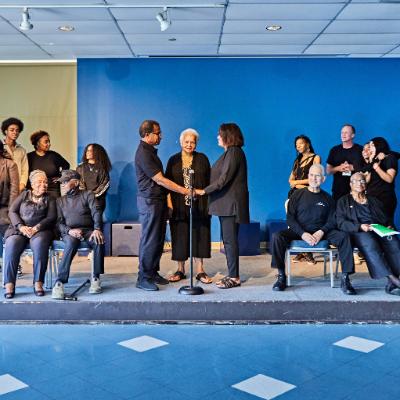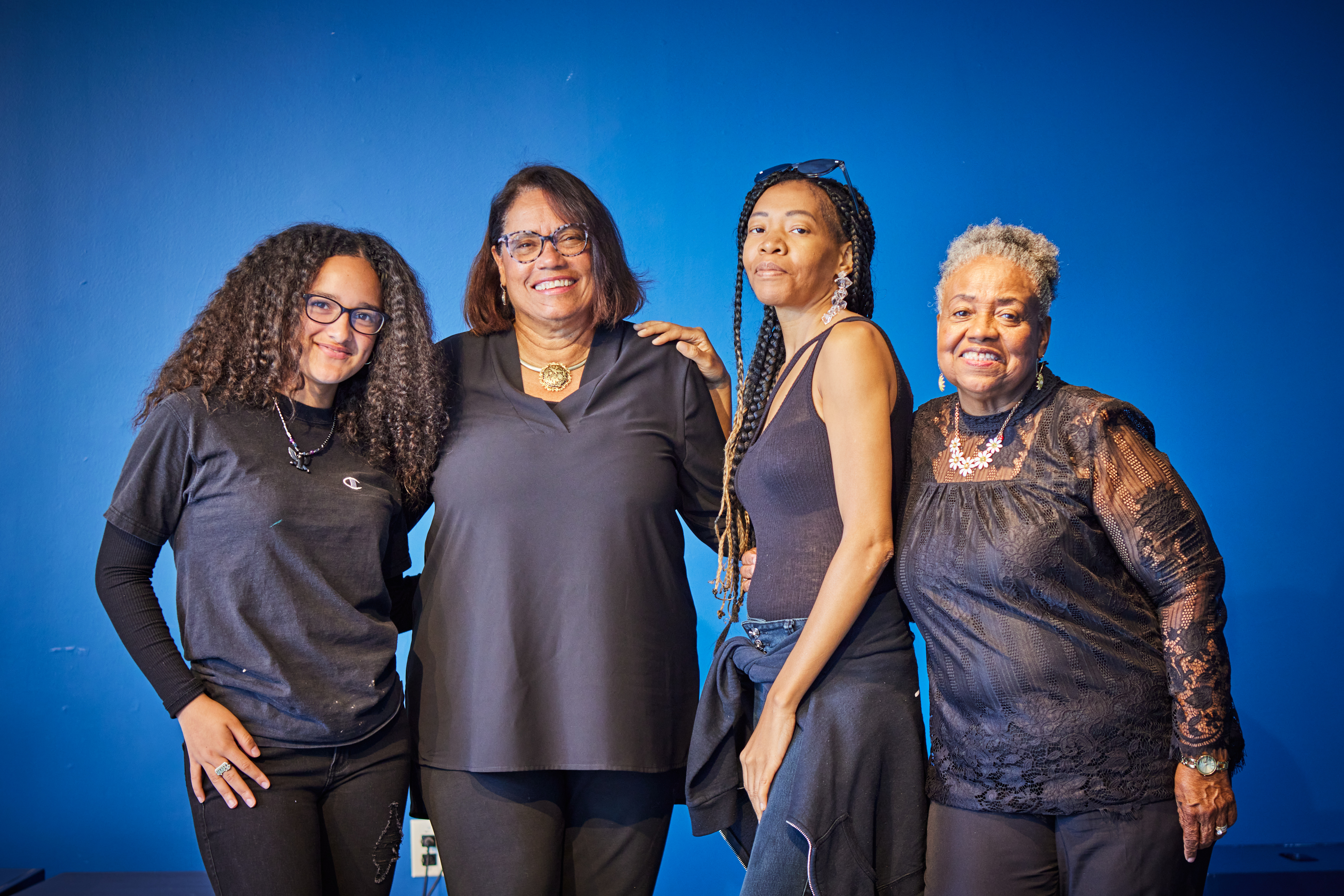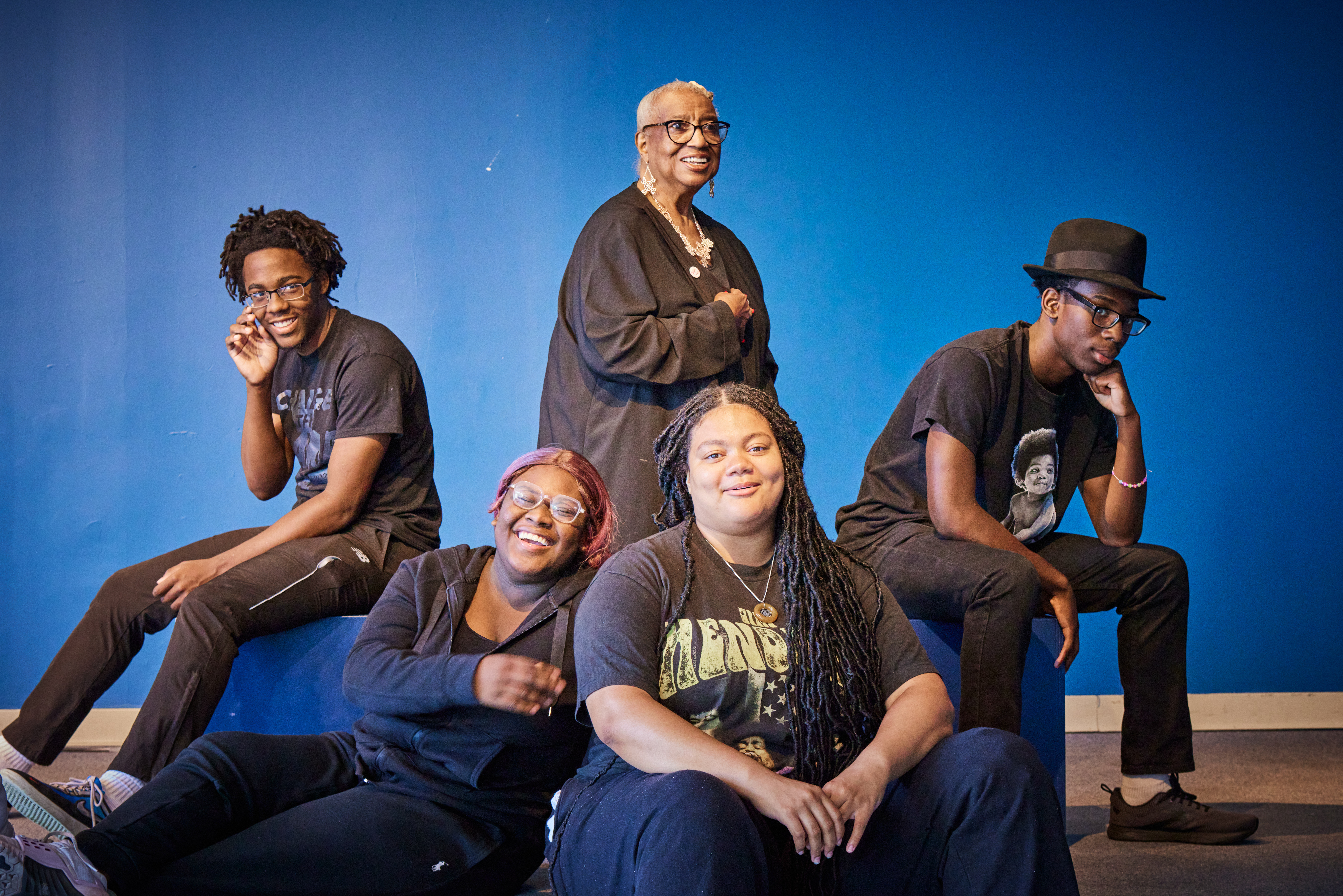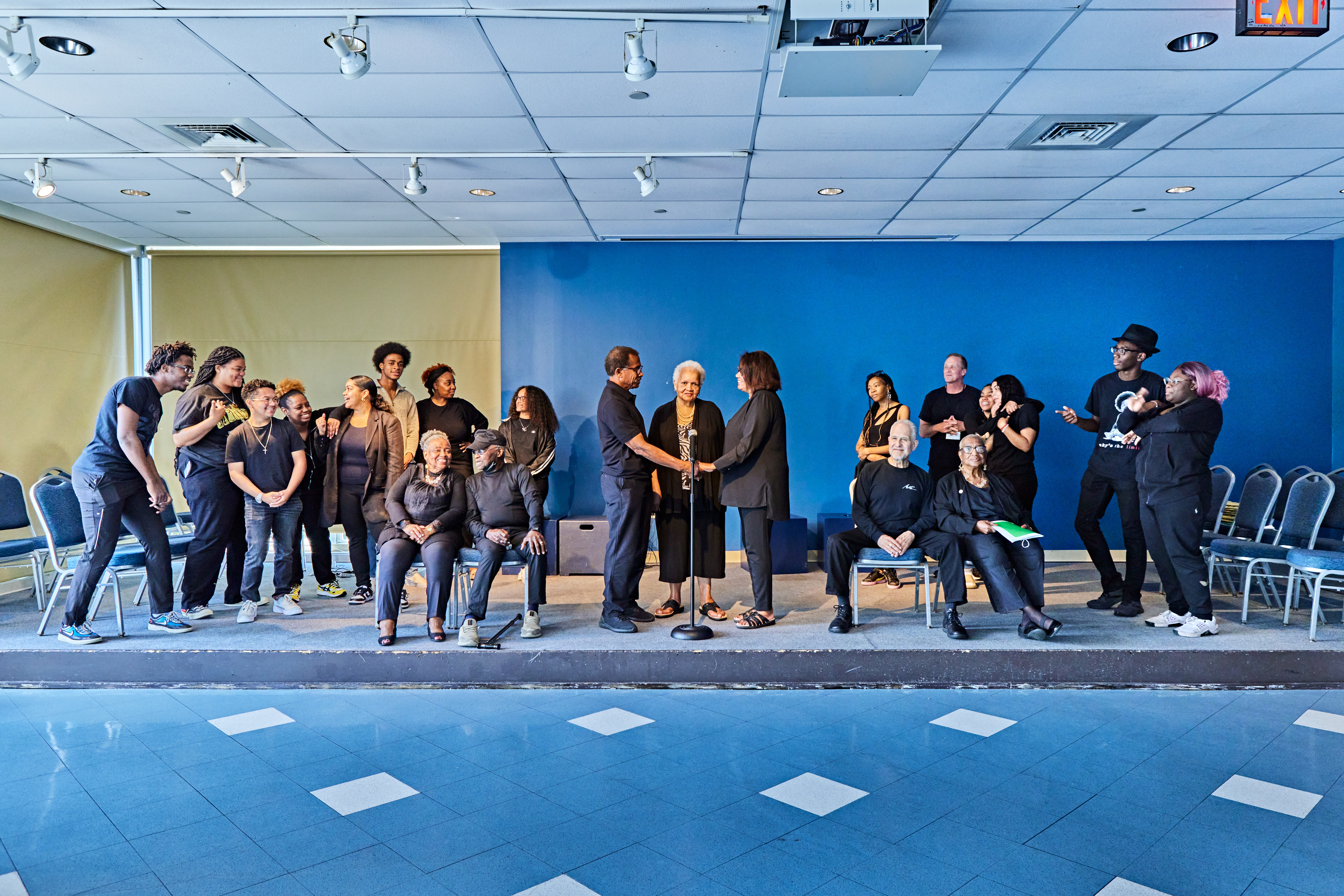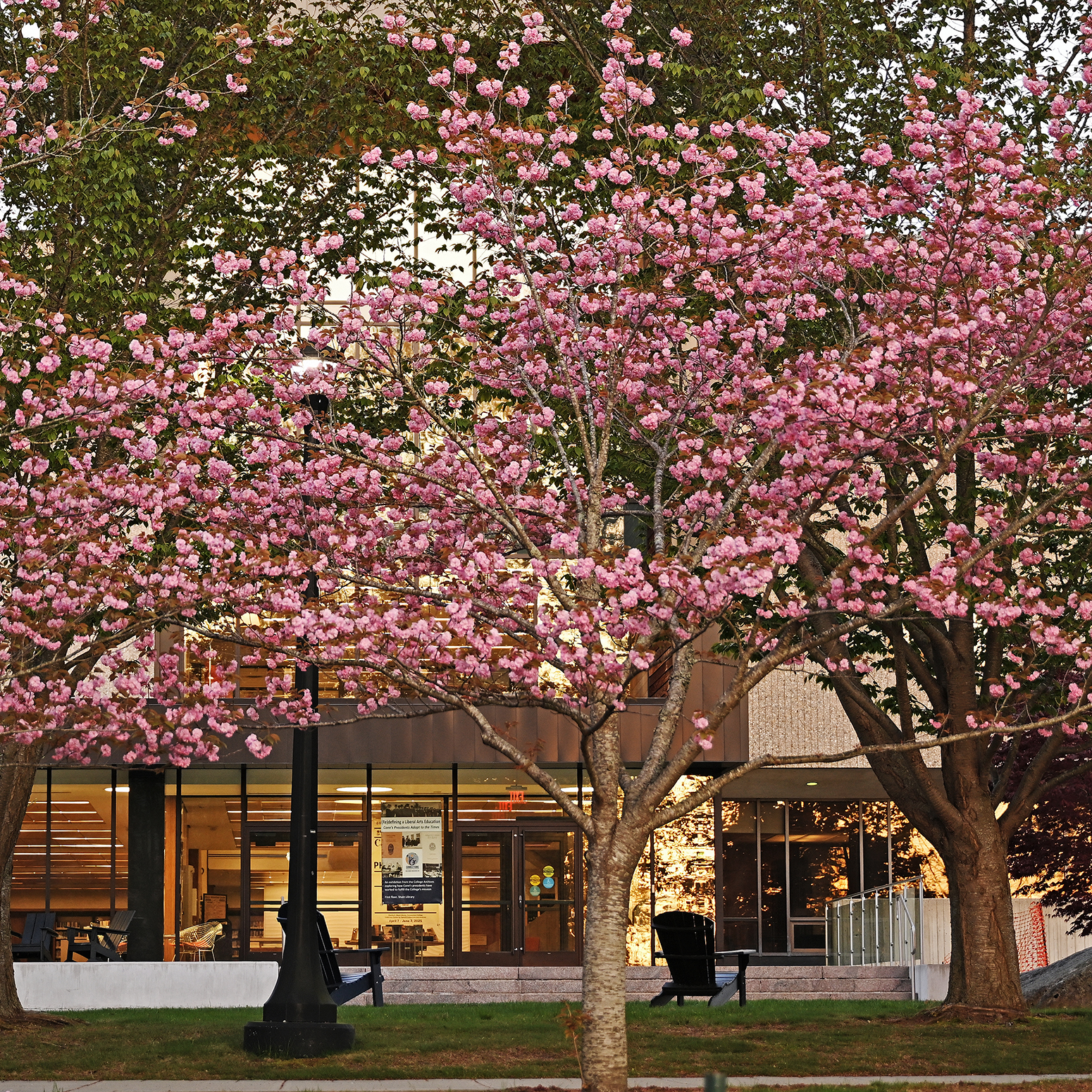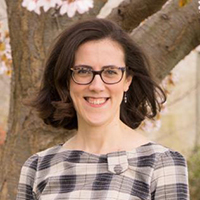
Crafting Democratic Futures
Participating in “Voices Across Generations: Race and New London,” a multimedia storytelling show about race, inspired 17-year-old Saniyyah Lawson to make New London a better place before she departs for college.
“I’m always thinking about how I can help before I leave,” Lawson said two days after the July 16 performance.
“I know I’m going to leave New London to attend college, so how can I leave my mark and help younger generations that are coming up after me handle discrimination or handle injustice or corruption everywhere, starting in the town they live in.”
Lawson appeared onstage several times during the show, which is part of a larger antiracism effort called Crafting Democratic Futures, a program funded by a grant provided by the Andrew W. Mellon Foundation to the University of Michigan and shared with Conn.
Part of Conn’s use of the grant was to develop a performance piece that “captures the role race has played from varying perspectives in the history, present and future of New London,” with the goal of advancing racial justice.
Conn faculty members participating in the project are Nakia Hamlett, the William Meredith Assistant Professor of Psychology, whose clinical and research interests include race-based traumatic stress; and Jefferson A. Singer, the Faulk Foundation Professor of Psychology, whose clinical interests include memory and cultural identity. Singer was Dean of the College from 2015 to 2021.
The project was organized by Hamlett and Singer in partnership with community members, Nicole Broadus, wellbeing manager for New London Schools; Jerry Fischer, retired executive director of the Jewish Federation of Eastern Connecticut; and Antonio Vargas, pastor of the Church of the City, New London.
During the show, Lawson recited “Fireflies,” a poem she wrote during a nine-day workshop, facilitated by a New York-based community voices theater company, Houses on the Moon. The workshop led to the performance.
During the show, Lawson stood alongside another participant, 80-year-old Jessie M. Hyslop, as Hyslop read poetry.
Pairing younger and older New Londoners, who shared personal stories about discrimination, was a key part of the effort of Singer and Hamlett’s project.
“It was very interesting to listen to the young students, and see how respectful they are of the elderly, how they wanted to always be there to help you do something, or to share with you,” Hyslop said. “They were special to me.”
In all, 17 bipoc people participated in the 80-minute show, held at Conn’s “Cro's Nest” in the College Center at Crozier Williams. They offered dance and storytelling through dialogue, said Clare Peyton ‘21, an assistant on the project.
“The most beautiful thing to watch was that everyone of all ages and generations was learning from everyone else,” she said.
Singer said the intergenerational aspect of the project is a key learning tool.
“For these young people to find out that someone who is still present, that they’re talking to firsthand, lived in a world in their own town when Black persons had to struggle even to become bank tellers in the city—that’s history coming alive for the younger generation,” said Singer.
“They can read about this local history, but it makes it very different when they’re face-to-face with someone who lived it.
“It’s also generative for the older people to be able to feel valued by the younger people and to see that they can still contribute.”
Hamlett hopes the performance will inspire curricular collaborations with the New London school district.
“This project has put us in contact with many amazing individuals who are invested in the future of New London. We hope that, through social justice-oriented projects of this kind and related activism, we can help New London residents create connections that sustain,” she said.
“Because New London is a small, close-knit community, there are real opportunities to engage in dialogue with community leaders, to influence policies and create structural changes that provide greater opportunities and resources for New London residents.”
